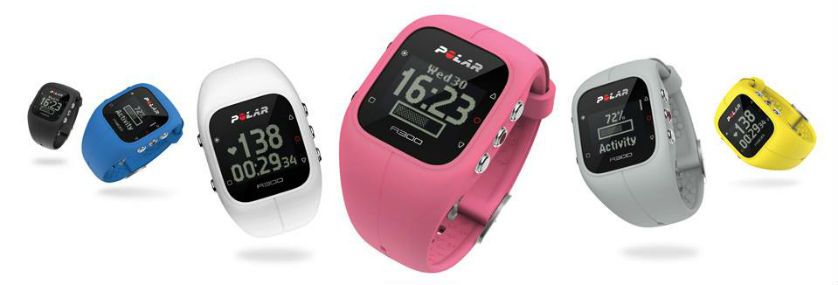Technology is present in more and more spheres of our lives every day. And the field of sport is a good example of this. There are currently a multitude of electronic devices associated with the practice of physical activity: from smartphones with apps for running or fitness, to Fitness Trackers or heart rate monitors capable of monitoring your heart rate in real time.
These Heart Rate Monitors & Sports Watches watches have undergone a spectacular evolution in recent decades, including increasingly advanced features such as GPS that allow you to know exactly the distance traveled, average pace or running speed. However, their main function for which they were and still are designed is to measure the heart rate of the athlete. Thanks to this useful tool you can exercise safely, keep an exhaustive control of your heart in your training sessions and achieve a plus of motivation.
If you want to know what to consider when buying a heart rate monitor, read on because here are a number of things you should know to make your purchase as successful as possible.
Setting a budget
Of all the aspects to take into consideration, this is undoubtedly the most important. The range of prices you can find in the market is quite wide. To give you a better idea, you have heart rate monitors for 20 euros, whose quality and reliability are quite questionable, up to almost 500 euros for a top of the range.
You may beinterested in: Which heart rate monitor should I buy?
Within this wide range of prices you have mid-range heart rate monitors of proven quality with a good number of features and surely able to meet your sporting needs. A mid-range heart rate monitor can be around 150 or 200 euros. Their useful life is usually similar to that of a sports watch, they are designed for intensive use, withstand humidity and withstand the occasional blow from time to time.
Use or purpose
As technology advances and users demand certain needs, heart rate monitor manufacturers are segmenting their market niches in such a way that they are designing more specific devices for each sporting discipline. For example, there are heart rate monitors for running, fitness, cycling, triathlon, outdoor, etc.
- Running heart rate monitors usually include an accelerometer and GPS to measure the distance covered, speed and average running pace. They also include useful functions such as the possibility of programming different training zones according to the number of heartbeats.
- Cycling heart rate monitors, in addition to measuring speed, distance, etc., include the option of attaching certain accessories to measure power and cadence.
- Fitness heart rate monitors include the possibility of setting specific goals, training tips for extra motivation, measuring energy consumption by training areas, and even designing your own personalized training plan with series, repetitions, etc.
- Triathlon heart rate monitors have high sporting and technological features to meet the requirements of those who are keen on different sports disciplines such as running, cycling, swimming or for the most intrepid mountain explorers. In addition to the most common functions, they are able to measure swimming efficiency, inform you of recovery times, allow you to plan your training sessions, etc.
Reliability of measurement
The main function of a heart rate monitor is to measure heart rate, however depending on the quality of the device this is not always the case. It is worth making a small effort and investing money in the purchase of a mid-range or high-end sports watch. You will save yourself a lot of headaches.
Chest strap or optical heart rate monitor
The most modern heart rate monitors of a certain qualityincorporate an optical heart rate monitor so that you can train at the right intensity at all times, but with a comfort that you have not enjoyed until now. So you can now forget, if you want and your budget allows, the conventional and uncomfortable chest strap to know your heart rate.
You may beinterested in: The best heart rate monitors without a chest strap
For some time now, brands have been making efforts in this area to make the user experience more satisfactory. An optical sensor located at wrist level, allows you to determine the amount of blood pumped and, through a sophisticated process, is able to determine your heart rate.
Memory capacity
Ideally, the wearable should have sufficient capacity to hold information related to several training sessions. Otherwise, you will be forced to download the data every day, which is not very convenient.
Other aspects to take into consideration
The battery of both the heart rate monitor and the chest strap has a certain lifespan. The mere fact of being able to change it when it runs out and not having to replace the heart rate monitor is an aspect to take into account when deciding on one model or another.
The design, the size of the screen and the weight of the heart rate monitor are some other aspects that are based more on the personal tastes of each one, but that you should consider when buying a device of this type.

